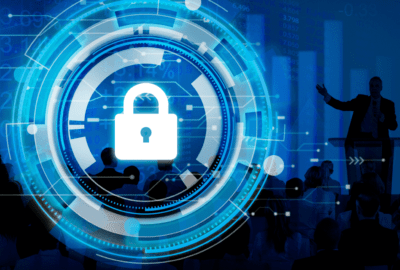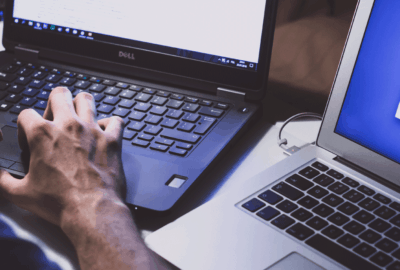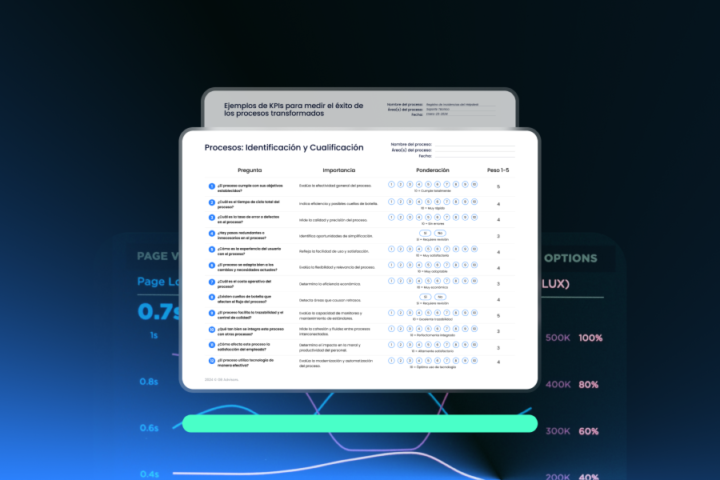
The number of threats that security teams face on a daily basis is growing. As a result, the process of selecting and responding effectively to attacks at the most critical level is becoming increasingly complex. Fortunately, there are effective strategies that make it possible to respond more quickly to major threats. One of the best is Vulnerability Prioritization.
At first glance it may seem complex to prioritize threats, especially when the attacks are constant and numerous. However, with the right techniques and the appropriate resources, vulnerability prioritization can become an ideal ally in keeping corporate systems protected. Read on and learn more.
Why Prioritize Vulnerabilities?
Vulnerabilities, these fragile points that can be exploited by cyberspace hackers, affect the proper functioning of systems; as well as the confidentiality and integrity of the data companies handle. Aware of this, many organizations have had to develop more robust Vulnerability Management strategies that allow them to respond to the growing number of threats of the digital age. Within these strategies, we find the Vulnerability Prioritization.
Vulnerability Prioritization represents one of the key factors of the Vulnerability Management process. This is mainly due to the fact that no matter how efficient a security team is, it is impossible for them to immediately identify each of the weak points that exist in the system. And not only that, even if they could recognize all vulnerabilities; it is not possible that they could address them all at the same time. That is why in this context it is essential that they prioritize the most dangerous.
What are the advantages of prioritizing vulnerabilities?

Faster and more effective responses: Among the enormous volume of vulnerabilities that affect one organization, there are many that are trivial in comparison to the others. By prioritizing the most relevant, the security team avoids wasting time on solving less relevant problems; to focus on responding more quickly to the most important threats.
Better use of resources: Vulnerability prioritization allows organizations to use their assets more intelligently. Whether we’re referring to security professionals or vulnerability scanners, companies can invest in resources that are really useful to them without worrying about wasting time and money addressing minor threats.
What do I need to do to achieve effective vulnerability prioritization in my business?
As we said before, threat prioritization is part of a larger process, which is Vulnerability Management. In order to keep your systems protected, you need to carry out this process intelligently, imitating best practices.
#1 Get an effective vulnerability scanner

The detection and prioritization of vulnerabilities becomes almost impossible if you try only through manual processes; which is why it is imperative that you invest in a security tool that allows you to perform a complete and continuous scan of the elements that make up your company’s digital systems.
#2 Define the strategy
Establish the scope of your Vulnerability Management program, including what will be scanned, how, and how often. It is also essential to identify which network assets are the most important; to whom they belong and where they are located.
#3 Evaluation begins
The next step is to analyze your network to extract vulnerabilities, recognize software assets and unsafe configurations, and verify compliance with established policies or controls.
#4 Remedy
Once you have identified all the weak points, the best thing to do now is to prioritize the threats. There are some questions you can ask yourself in order to achieve a more effective prioritization, for example:
-
What are the chances that the threat will be exploited?
Prioritization depends not only on the danger of the threat itself, but also on the likelihood that some cybercriminal will be able to detect it and use it to his or her advantage. Therefore, before focusing all available resources to correct the vulnerability, it is important to determine whether there is a real possibility that it will be exploited.
2. Are the results really reliable?
False positives are plentiful in the world of vulnerability scanners. This is why before prioritizing you must also verify if the threat really exists. In this context, you should try to acquire a solution that gives you total confidence. You can find an excellent option in the Nessus software, one of the scanners preferred by users all over the world thanks among other things to its low false positive rate.
3. What is the degree of impact of the vulnerability?
 If the threat does affect your systems, what is its scope? Can it cause Downtime? Will it allow data theft? Knowing that the vulnerability is real and can be exploited, the next step to prioritize it is to establish its degree of impact on the system. This will allow you to prepare and direct your resources towards the right objectives achieving a solid and effective cyberesilence strategy.
If the threat does affect your systems, what is its scope? Can it cause Downtime? Will it allow data theft? Knowing that the vulnerability is real and can be exploited, the next step to prioritize it is to establish its degree of impact on the system. This will allow you to prepare and direct your resources towards the right objectives achieving a solid and effective cyberesilence strategy.
One thing you should always keep in mind is that no vulnerability detection and prioritization strategy can be effective without the help of the right tool. If you’re looking for a truly effective scanner, we recommend you take a look at the powerful Tenable.io. Which proposes through its Predictive Prioritization, a new, smarter way to prioritize vulnerabilities.
If you want more information about Tenable.io or any other security solution, don’t hesitate to contact us. At GB Advisors we offer you complete and quality advice from the best experts in ITsec and ITSM.



